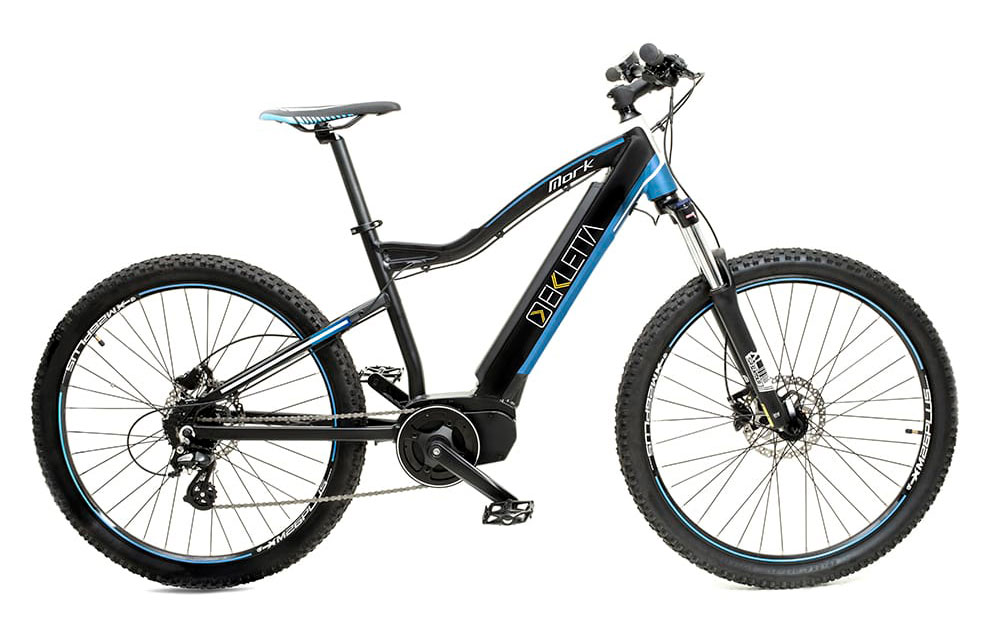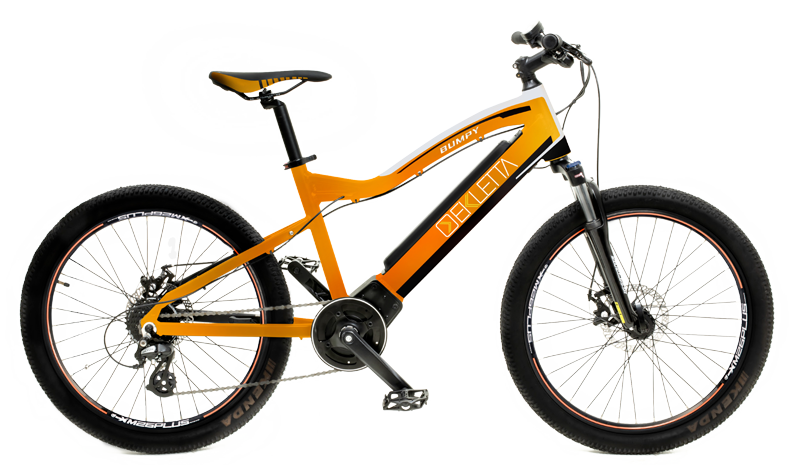

What is an e-bike?
The term E-bike refers to any bicycle equipped with an electric motor
The European directive 2002/24/EC defines the pedal assist bicycle as a bicycle equipped with an auxiliary electric motor with the following characteristics:
- nominal maximum continuous power of the electric motor: 0.25kW
- motor power supply progressively reduced and capped at 25km/h (15.5m/h)
- motor power supply capped at 25km/h (15.5m/h) if the cyclist stops pedalling
Vehicles that meet all the above requirements are considered traditional bicycles for all intents, and do not require vehicle type approval and any associated registration, tax and licencing.
OUR E-BIKES
The motor assistance on all Ekletta e-bikes integrates with the action of pedalling, so that the rider can maintain an active, yet aided, role.
THE DAPU MOTOR
WHY IS THE MOTOR IN THE HUB?
Ekletta employs Japanese DAPU electric motors that work with a speed sensor and allow the bike to be used without any effort. Fitted in the rear wheel hub, the 250W motor with 36 or 48 Volts is brushless and so does not require maintenance. The top-notch technology and materials employed by DAPU provide an excellent push on any slope, with minimal pedalling effort and noise.
In 2016 Ekletta also introduced the first full-suspension mountain bike (DUG UP) with a DAPU central motor, with an exceptional 95Nm torque. In 2019, Ekletta introduced two new mountain bikes with a central motor. One of these, the 24” Bumpy with a new DAPU compact 80Nm central motor, is also suitable for the little ones.
INTEGRATED ELECTRONIC CONTROL
Dapu is a leader in the manufacturing of control units and printed circuit boards. For this reason Ekletta has adopted the whole DAPU system that includes motor, control unit and display – for an efficient and seamless transmission of data between components.